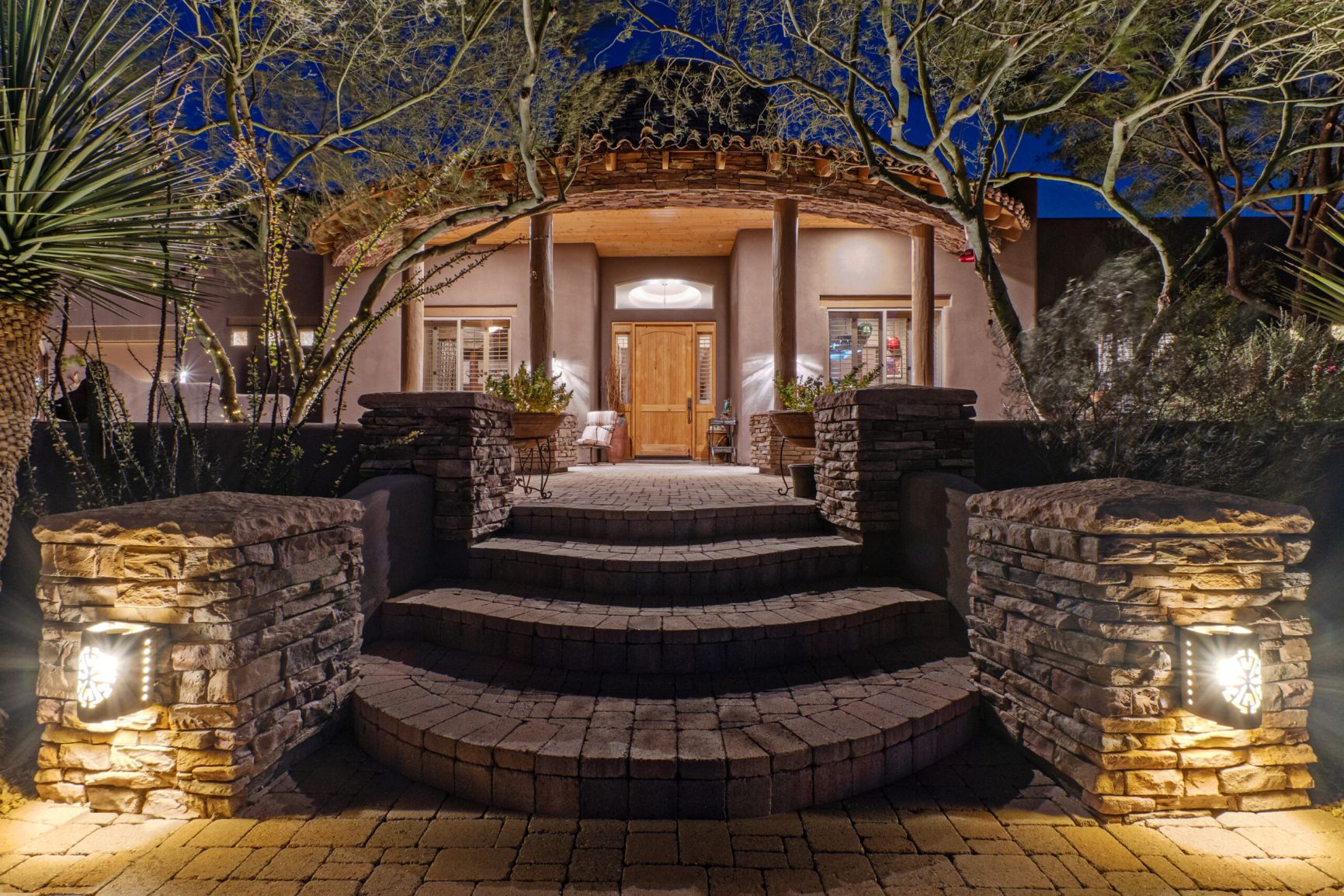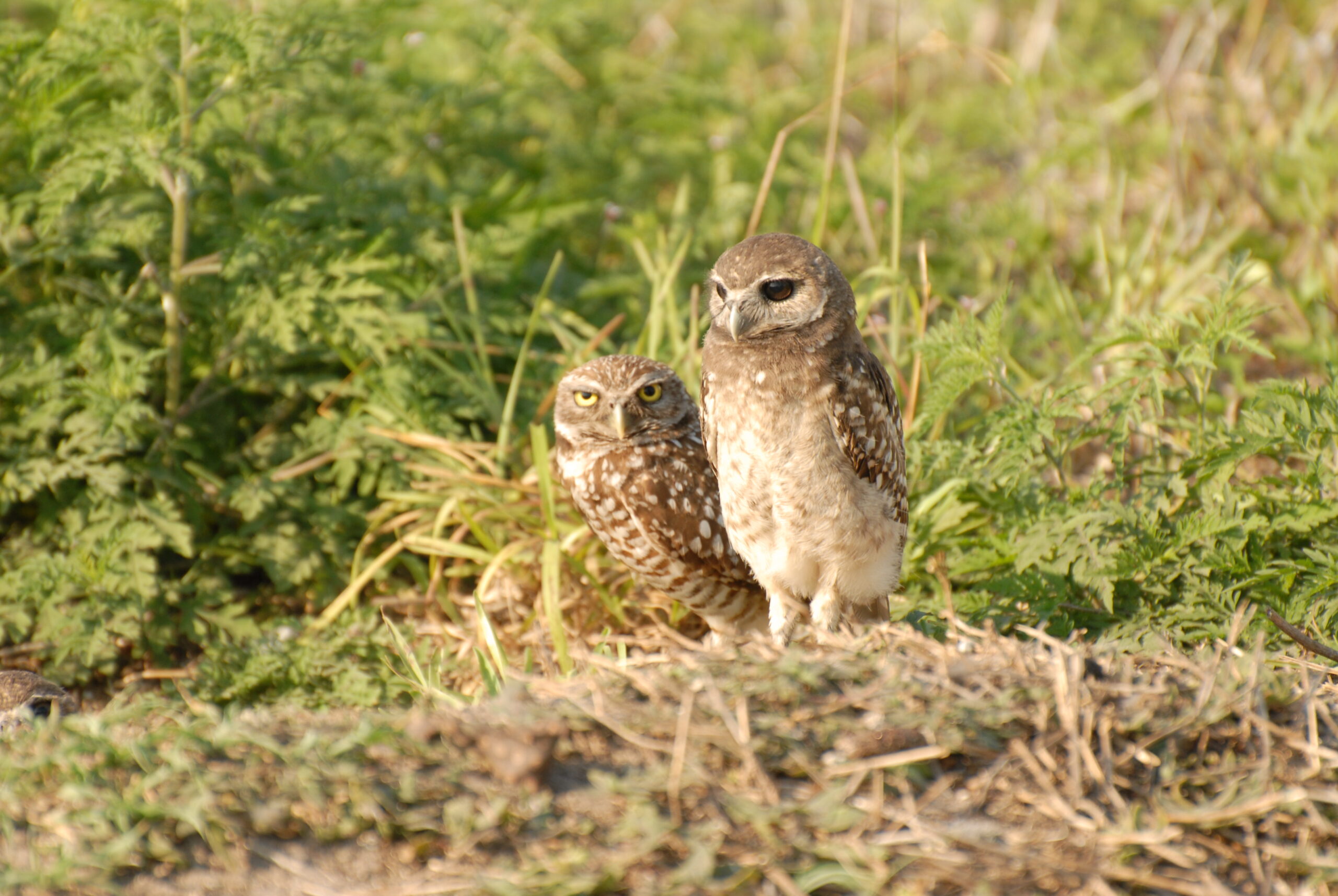
Do not dismiss the desert as dusty and barren. The Sonoran Desert is lush with bold and barbed cacti, colorful and fiercely armed to protect the species as well as the water they hold in reserve. While there are many cacti to celebrate, this blog will identify and highlight the features of some of the more common cacti found in Arizona’s Sonoran Desert. Favorite destinations to see a variety of cacti are listed at the end and include helpful links.

Saguaro Cactus (pronounced suh-wah-ro)
This is the cactus of my cowboy crush days and the symbolic icon of the wild west and southwestern deserts. Commonly and exclusively found in the Sonoran desert, the Saguaro stands erect like a tree or column with extended branches. This is the largest of the cactuses in the USA, growing to be 40-60 feet tall. It is slow growing and has a life expectancy of 150 – 200 years. It may grow 50 years before an arm appears and while some have dozens of arms, a few will remain branchless. It is usually about 70 years old before the first flowers appear. White in color, they emerge each spring followed by red fruit that appears early in the summer.
A tap root that extends 2-4 feet in length allows this cactus to collect a significant amount of water which it stores in its spongy interior. The water adds considerable weight to the trunk and a mature Sagauro can weigh over a ton. The external spines and bristles defend the water reserve from predators allowing the cactus to thrive in the harsh desert elements. Although the Sagauro is not endangered or threatened, it is protected in Arizona.
Teddy Bear (Jumping) Cholla
This is not the teddy bear to cuddle! Although the short, cylinder shaped stems covered in thick golden spines look fuzzy, this could be one painful bear hug. The spines, 1/2 to 1 inch in length and equal in size,  attach with a reversed barb making them difficult and painful to remove.
attach with a reversed barb making them difficult and painful to remove.
Found in California, Nevada, Arizona and Mexico, this cactus grows to be 5 feet and has yellow-green or orange flowers that bloom in spring. The cactus propagates when the stems which detach easily hitchhike on moving objects such as pant legs, socks, shoes and animal’s fur. Wherever the stem segment is deposited, a new cholla will grow.
The formidable spikes keep the plant from being eaten and also protect the water stored within. Dead stems, brown or black in color, often collect at the base of the plant but beware! Even the dead stems and sometimes the fruit are covered in prickly spines. Desert pack rats wisely use Cholla to protect their homes from predators such as cats, coyotes and foxes. Please keep your pets away from these!
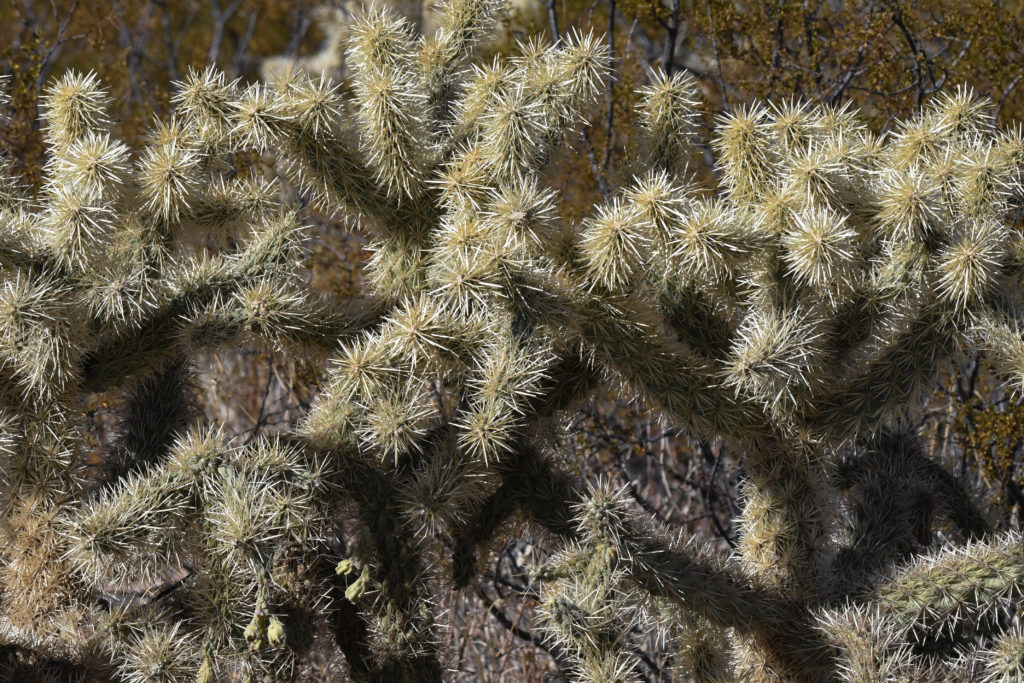
Teddybear Cholla
Barrel
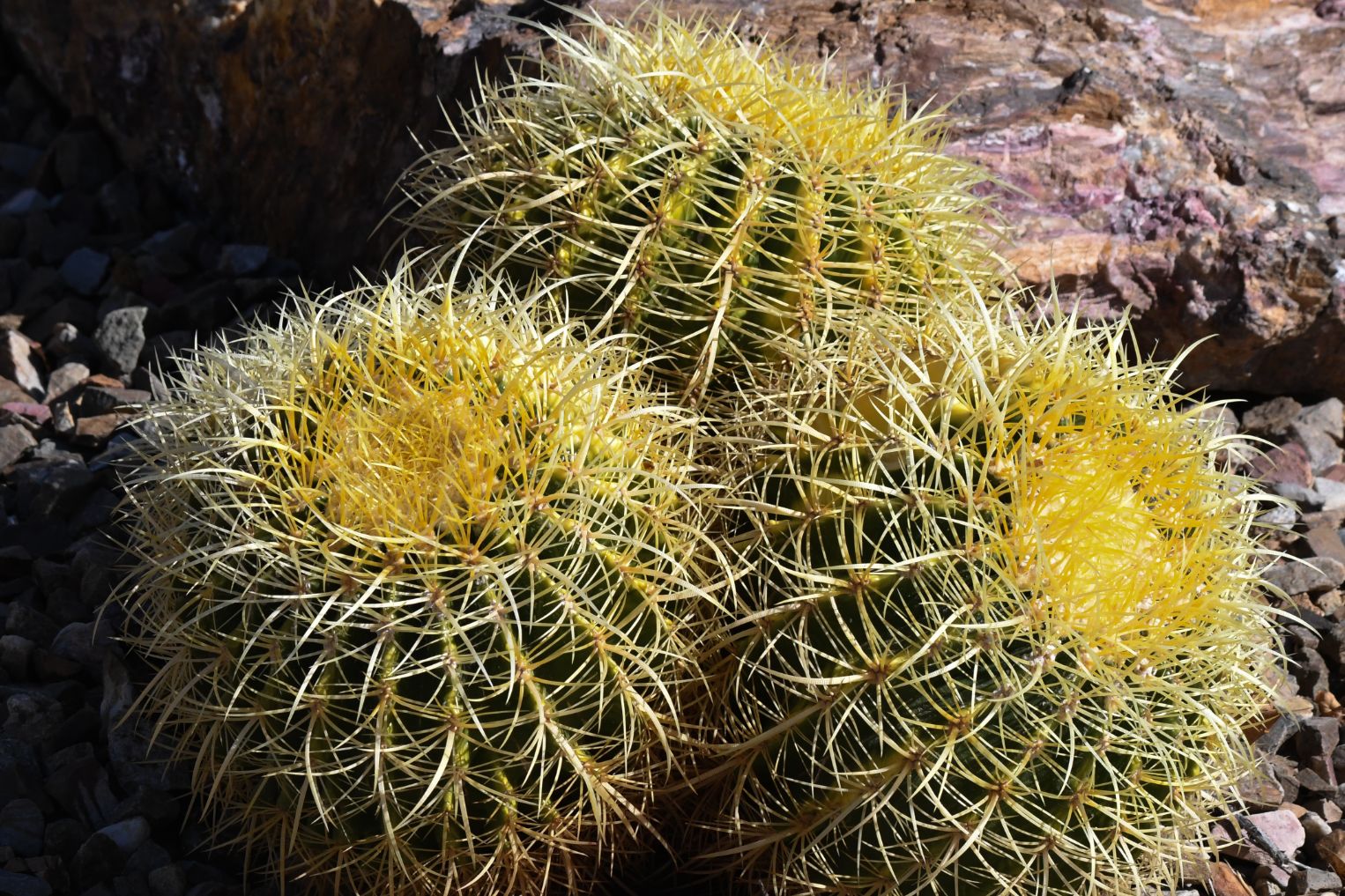
Aptly named for their short round shape, the Barrel cactus may live for 130 years and grow 6-11 feet in height. This cactus has ridges on all sides that are covered with large and small spines, both sizes serving a different purpose in helping the plant thrive in extreme conditions. A fun fact about this cactus is that it often leans toward the southwest, in case you need a navigational aid.
There are actually 3 different species of Barrel cactuses in the Sonoran Desert. They most often grow along rocky slopes, canyon walls and desert washes. The young ones tend to be pinkish-purple in color but grow to be golden and green. The flowers of these easy to identify cactus are a variety of colors and grow on top of the plant from April through June. The inner pulp is sometimes used to make candy which you may find in local shops.

Barrel Cactus

Golden Barrel Cactus
Prickly Pear

Engelmann’s Prickly Pear
Commonly seen across the southwest, midwest and east, this cactus sports broad flat lobes that grow white spines up to 3 inches long. Prickly Pears grow to be 10 feet tall and 15 feet wide and live more than 20 years. The yellow flowers bloom in May and June; the red-purple fruit is evident in July. This is another favorite with pack rats – look closely and you may discover one nesting at the base of a Prickly Pear. The lobes can be eaten raw once the spines are removed, or made into candy and wine. Local restaurants may include these on their menus.
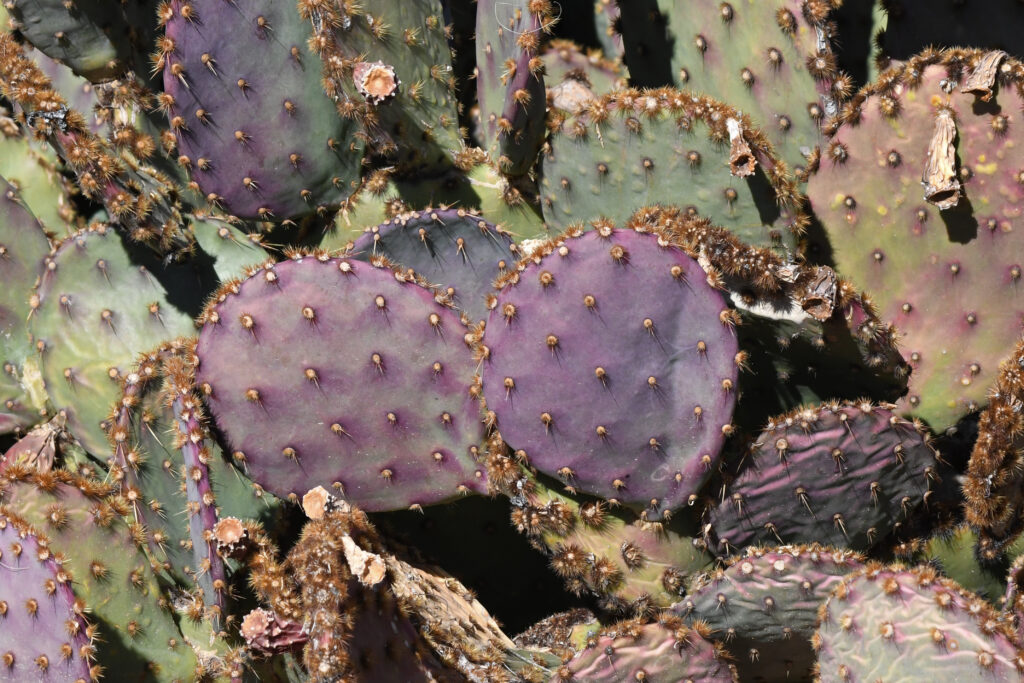
Prickly Pear Cactus
Hedgehog
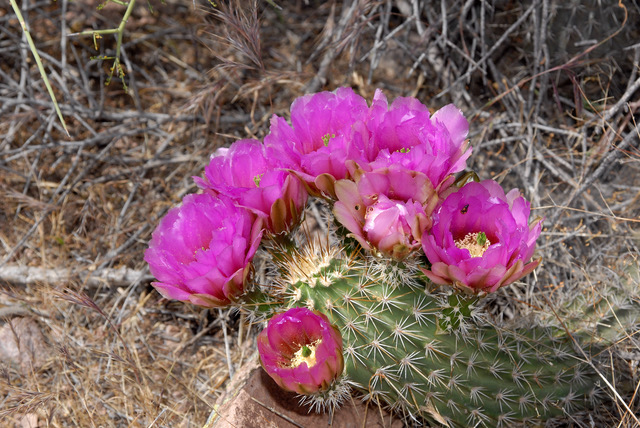 This cactus, named for its hedgehog shape, bears arms (stems) that grow in clumps and are 12 inches tall with spikes that can be 3 inches in length. The plant grows low to the ground and can be found almost anywhere in the Sonoran Desert and beyond. The flowers, a vibrant purple or pink, close each night and reopen in the morning. Edible fruit develops once flowering is complete. As the fruit matures the spines fall off making it a favorite treat for rodents and birds.
This cactus, named for its hedgehog shape, bears arms (stems) that grow in clumps and are 12 inches tall with spikes that can be 3 inches in length. The plant grows low to the ground and can be found almost anywhere in the Sonoran Desert and beyond. The flowers, a vibrant purple or pink, close each night and reopen in the morning. Edible fruit develops once flowering is complete. As the fruit matures the spines fall off making it a favorite treat for rodents and birds.

Favorite Places to See a Variety of Cacti
- Boyce Thompson Arboretum in Superior (45 minutes from Mesa)
- Desert Botanical Gardens in Phoenix
- Lost Dutchman in Apache Junction
- McDowell Sonoran Preserve in Scottsdale
- Saguaro National Park in Tucson (worth the drive!)
- South Mountain Park and Preserve in Phoenix
- Superstition Mountains surrounding Phoenix
Note: A personal favorite is Organ Pipe Cactus National Monument which is close to the Mexican border. Well worth the drive, you will see lots of beautiful Organ Pipe and large Saguaro scattered throughout.

Save money and support local business by booking directly through
Arizona Vacation Home Rentals
Phone/Text: 480.626.4072
Photo credits: © Gilbert S Grant
*By providing links to other sites, AVHR does not guarantee, approve, or endorse information or products available on these sites.






